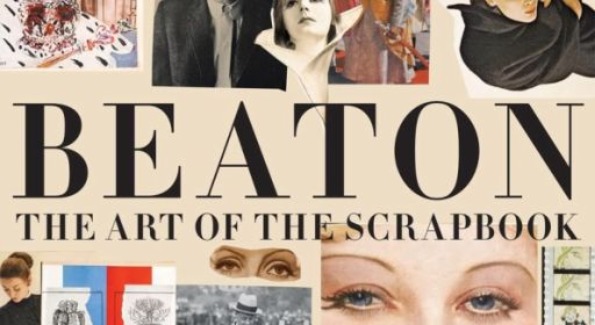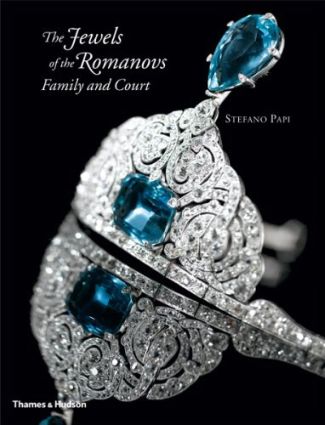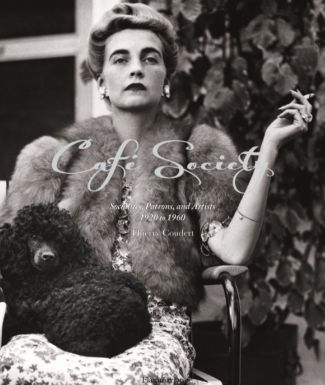Looking for a book to help get you through the cold? Senior Editor, Kevin Chaffee, lends a hand in finding a good read.
By Kevin Chaffee
THE JEWELS OF THE ROMANOVS: FAMILY AND COURT
By Stefano Papi
When officials of Russia’s new revolutionary government broke into strongboxes once owned by theirformer rulers, they found a treasure trove of tiaras, brooches, necklaces, bracelets and other objects covered in precious stones. “This is what happened to our wealth!” one Bolshevik cried after viewing the fabulous hoard amassed by the Grand Duke Paul, who, like many of his relations, was summarily executed by the new regime.
The Romanovs were said to possess the most valuable jewels of any monarchy in the world and Stefano Papi, a former Sotheby’s jewelry department specialist, has done a remarkable job describing and illustrating the dynasty’s historic regalia, including the personal collections of Tsar Nicholas II and Tsarina Alexandra, the Dowager Empress Maria Feodorovna, Grand Duchess Vladimir and many other family members.
The ultimate fate of the proud possessors makes fascinating reading – although, sadly, there is no genealogical chart to keep track of the various individuals mentioned. As for the jewels themselves, many may be viewed in the Kremlin’s vast treasury; numerous others were broken up and sold to raise hard currency for the cash-strapped regime in the 1920s and 1930s. Most of the pieces that were spirited out of Russia ended up being sold by their newly impoverished owners, who were to retain precious few keepsakes of their vanished imperial splendor.
CECIL BEATON: THE ART OF SCRAPBOOKING
“I live by my eyes,” Cecil Beaton once said, and so will any reader who views the wondrous collection of magazine ads, invitations, postcards, playbills and newspaper clippings the celebrated photographer pasted into scrapbooks between the early 1930s and the late 1960s.
Culled from 8,000 pages into one weighty (15 pound!) volume, the contents reflect Beaton’s passionate curiosity and insight as he pursued his muse with photography that included high fashion shoots for Vogue and Vanity Fair, British royal family portraits and glamour shots of Hollywood stars as well as gritty photos of homes and factories bombed during the London Blitz.
He liked the high and the low – and his whimsical collage is all part of the fun. There are tear sheets of a 14th-century Pieta juxtaposed with publicity photos of a brooding Marlon Brando after which a grandly signed Christmas card from Queen Elizabeth, the Queen Mother, pops out not far from her nemesis, the Duchess of Windsor. Beaton’s personal comments can be astonishing. Under a photo of cosmetics queen Helena Rubenstein he scrawls: “mean even after death;” historian J.B. Priestly is a “swine.”
Anyone fascinated by high style and all its confections will treasure this book. For ardent scrapbookers, it is an absolute must.
CAFE SOCIETY
By Thierry Coudert
The denizens of “Café Society” did more than supplant the bluebloods who dominated the international scene before World War I, they were a lot more fun. The secret was in the mix. Noble titles and old money continued to play important roles, although for the first time they had relatively equal parts on an international stage that came to include artists, couturiers, interior designers, photographers, writers, musicians – and more than a few con men, lounge lizards and gold diggers.
Thierry Coudert’s compelling history of this intriguing world and the glamorous people who inhabited it is cleverly subdivided into chapters on “Aristocrats” (Marie-Laure de Noailles and the Duke and Duchess of Kent), “Millionaires” (Barbara Hutton, Mona Bismark), and “Socialites” (Alexis de Rede, Profirio Rubirosa) as well as those who triumphed in the so-called “Minor Arts” such as Diana Vreeland, Fulco di Verdura, Cristobal Balenciaga, Cole Porter and Noel Coward.
News coverage was a key factor in what wags were soon calling “Publi-ciety” and there was a huge audience for breathless accounts of the group’s glamorous gatherings in New York, Paris, London, Palm Beach, Newport, St. Moritz, Monte Carlo and other watering holes. The author’s choice of numerous period photographs and archival documents, many never before seen by the public, is a major accomplishment – one that will surely be appreciated by those for whom this rarefied world is an ongoing fascination.



